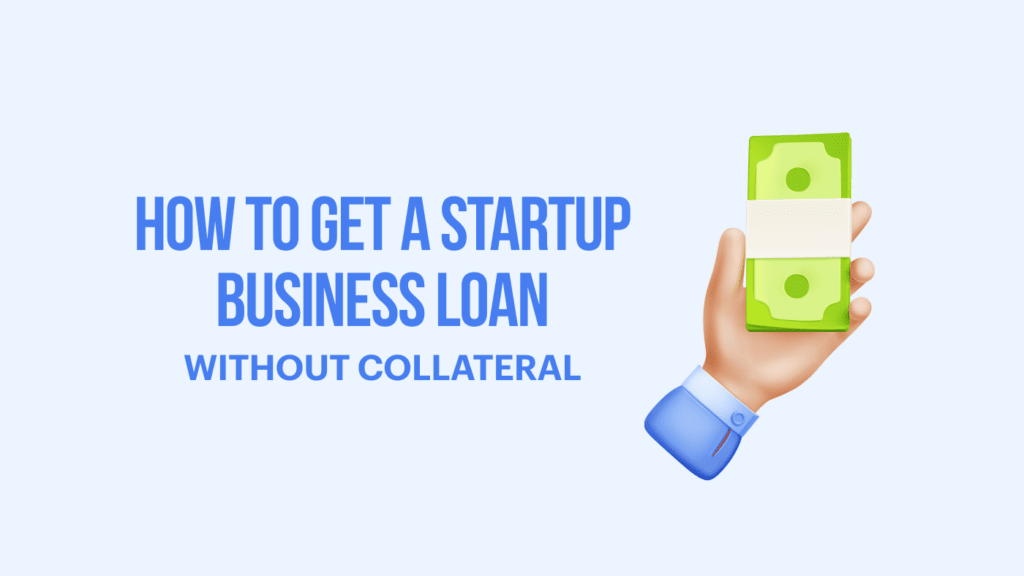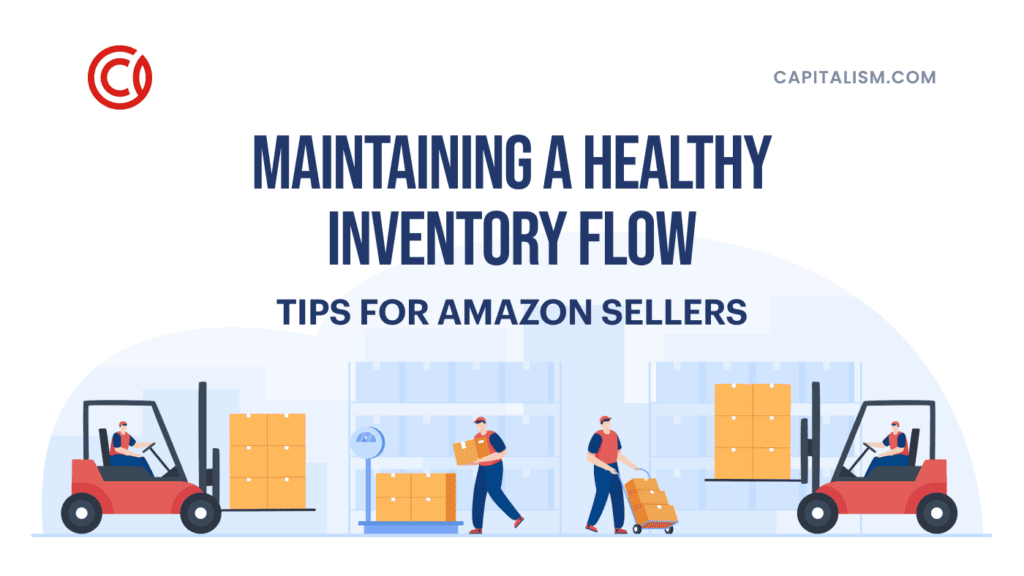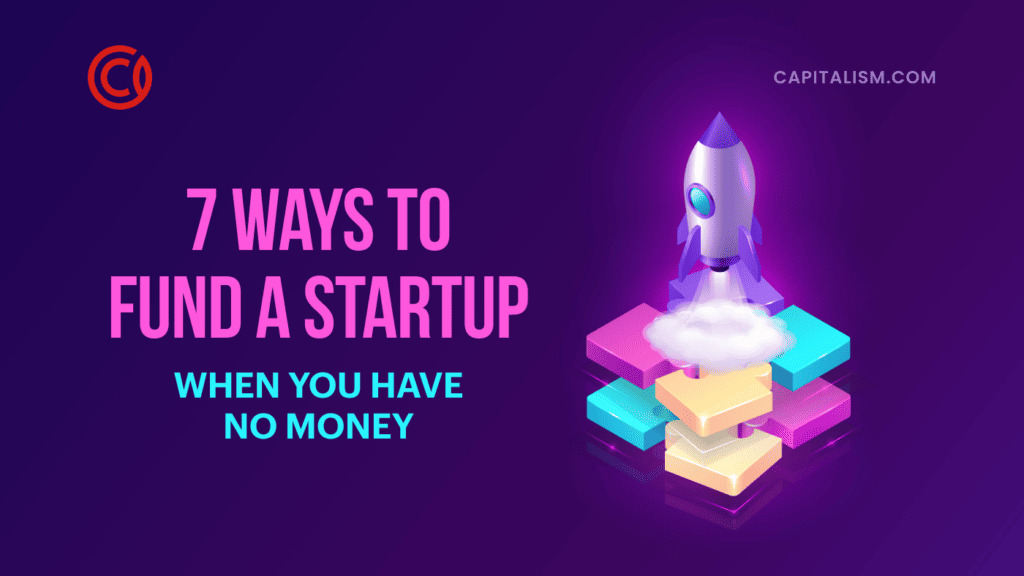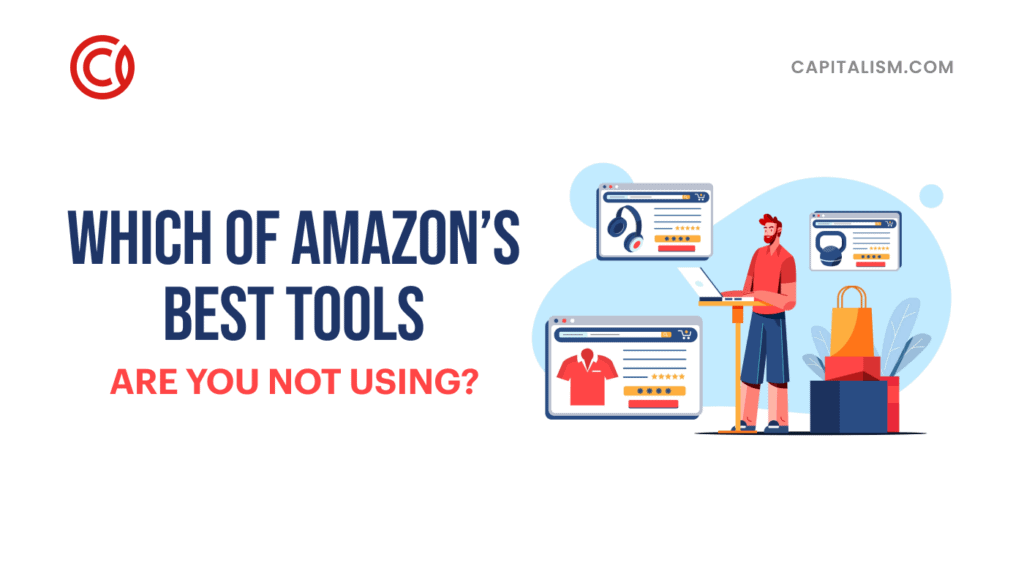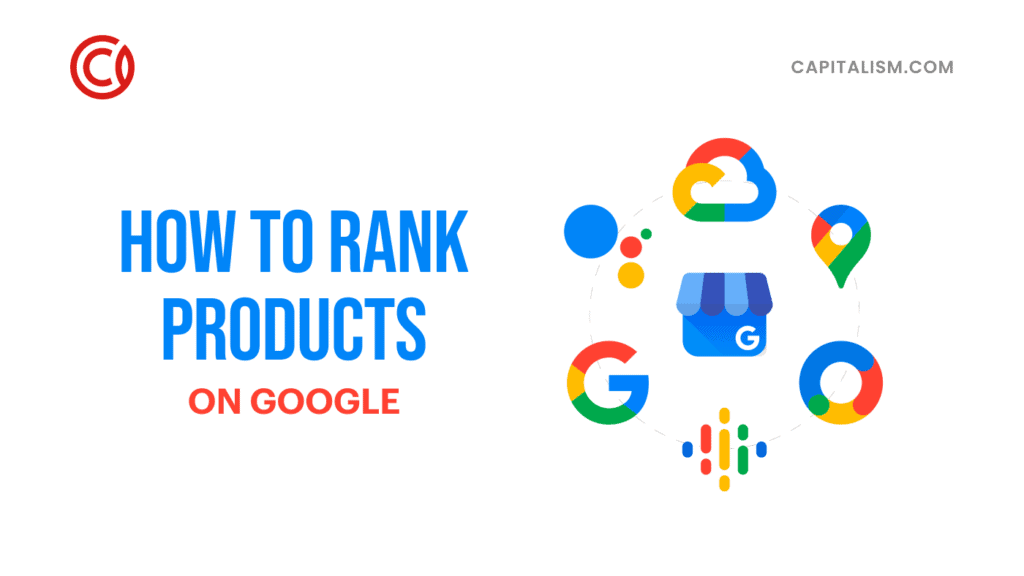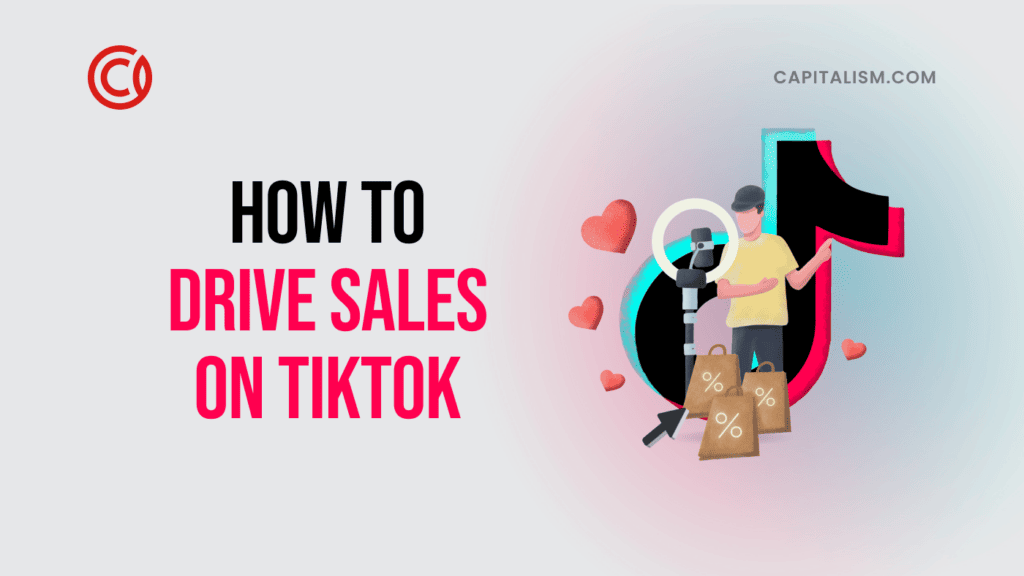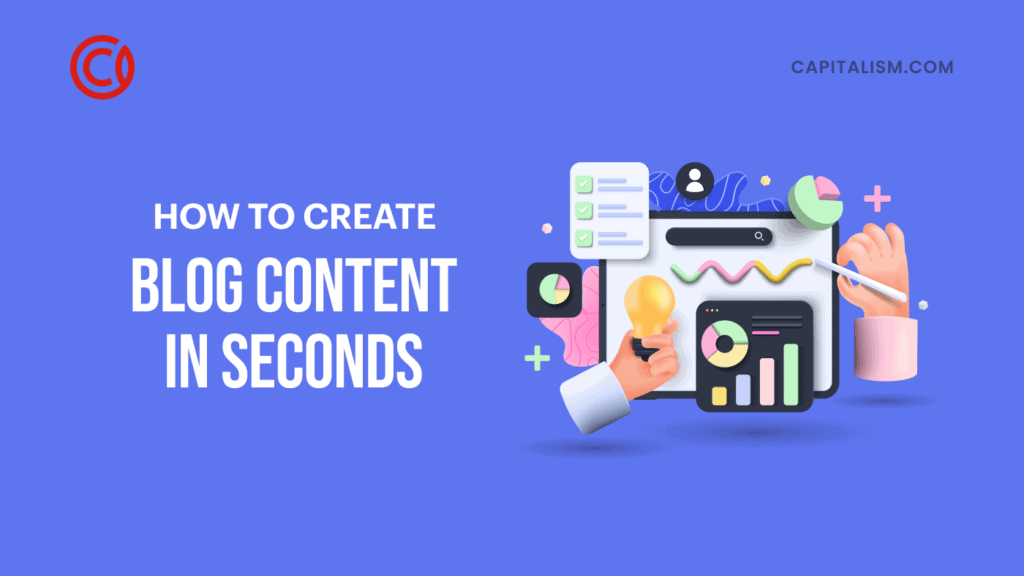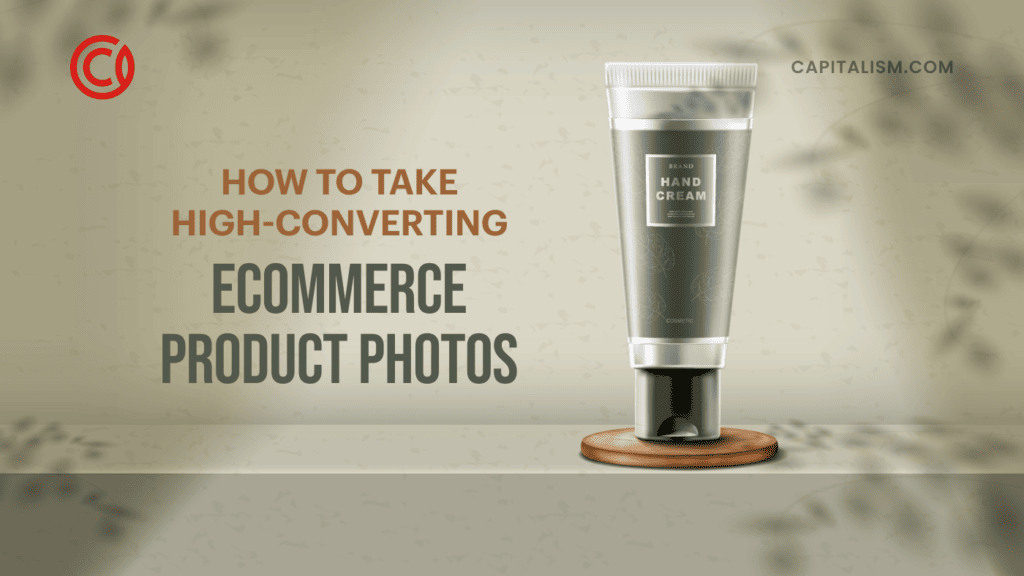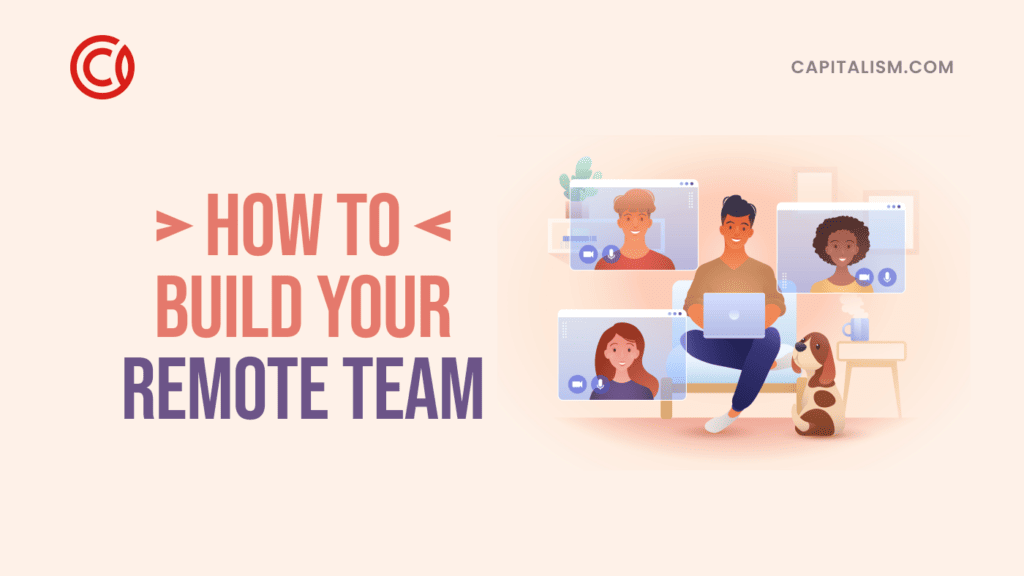There’s no denying that one of the hardest parts about building a successful startup is getting the finances necessary to support you to your break-even point. Regardless of the type of business venture you’re starting, you typically need to have some sort of collateral that you can put on the line to be eligible for a traditional business loan.
If you don’t have any collateral or if you’re unwilling to put any personal assets on the line, you automatically lose the opportunity to apply for a typical small business loan. But that doesn’t necessarily mean that there aren’t other opportunities out there.
In fact, there are modern lenders out there offering various types of loans that require zero collateral—but you still need to understand the terms and do your research. With that in mind, let’s take a look at how you can get a startup business loan without collateral in 2023.
Researching lenders and understanding their requirements
First things first, it’s important to understand that while certain lenders may not require any collateral, they will still analyze your startup and all your financial documentation. This means that they will want to see a complete set of documents explaining why they should lend you the money, as well as how and when you’ll be able to repay the loan.
While individual lender requirements may vary, you’ll most definitely need to prepare:
- Startup business plan
- Market analysis
- Operational costs
- A three-year financial plan
- Financial projections with a break-even point
- Scaling revenue projections
- A strong unique value proposition
Take the time to prepare yourself for the application process by researching each zero-collateral lender. It’s imperative to verify their validity and track record as well, ensuring the security of your existing assets and brand.

Get funding for equipment purchase
One of the most popular ways to get financing without putting any collateral on the line is to only finance the equipment for your business. This is a great solution for startups that depend on technology and specialized hardware from day one.
For example, if your startup is a manufacturing business with a unique tech twist and you need to procure expensive equipment, you can get financing just for the hardware. The great thing about these loans is that they are based on the equipment's value, not the company's value.
This means that you can use the equipment as collateral upon purchase, making it a good option for additional lenders to jump in and start funding your startup.
Apply for microloans for a cash flow injection
Another way for you to obtain a loan for your startup is to shoot for smaller loans instead of multi-million dollar ones. These are called microloans, and they are specialized loans that only go up to 50,000 dollars, making them ideal for startups with small initial funding needs.
If you need to procure some hardware for the office or if you need to dump in just a bit more cash into research and development, then this kind of loan might be ideal for you. This is because you’re not committing to a big loan and would be able to pay off the interest with ease once your startup starts generating income.
Another good thing about these loans is that they are specifically geared towards startups and are available through the SBA (Small Business Administration) and various private lenders.
You can still apply for business credit cards

Moving along, it’s important to remember that even if you don’t have any collateral to use when applying for loans, there are still some alternative options to gain access to additional cash. For example, you can still apply for a business credit card or a virtual credit card, and some providers may even offer perks and benefits for startups.
Make sure to research business credit card providers to see what their terms and conditions are and how much you’d be able to borrow. It’s also important to see if you have any startup perks or if you can, for example, use the card to buy office equipment and supplies with cash-back options.
It won’t be a lot of money, but it can be just enough to get your office running.
Be prepared to make personal guarantees
Even though some lenders may not require any sort of collateral, you should still be prepared for one common scenario: signing personal guarantees. Signing a personal guarantee is actually a common practice in the startup world when business owners have no corporate assets to use as collateral.
It’s important that you read the lender's terms and conditions carefully and that you understand the risks involved. You could, for example, lose some of your most valuable personal assets such as your home or your vehicle if your company defaults on the loan. Essentially, you’re transferring the risk to your personal assets, which may be the only way to obtain a sizable startup loan with no cash flow.
Be realistic about what you can repay
Last but not least, when researching zero-collateral lenders and their loan terms, you need to be realistic and even a bit conservative with what you’ll be able to repay. Startup costs tend to stack up once the company hits the market, and you may find that your costs are much higher than anticipated, impeding your ability to meet your payments.

It should go without saying that this can expose your company to higher risk and liability, so it’s important to only agree to the repayment terms that you know you can keep. Look for a lender that has more favorable terms for interest rates, repayment frequency, and the total time to repay the loan.
Over to you
If you’ve taken the first step towards long-term financial success by kick-starting your own startup, you shouldn’t let the lack of funding hold you back from achieving your dreams. You don’t need collateral to get the funding you need to grow and scale your operation, you just need to know which lending options to pursue.
Consider these lending opportunities and make sure to do your due diligence to get the best no-collateral loan for your startup in 2023.
About the Author
Nikola Sekulic is a seasoned brand developer, writer, and storyteller. Over the last decade, he’s worked on various marketing, branding, and copywriting projects - crafting plans and strategies, writing creative online and offline content, and making ideas happen. When he’s not working for clients around the world, he’s exploring new topics and developing fresh ideas to turn into engaging stories for the online community.
